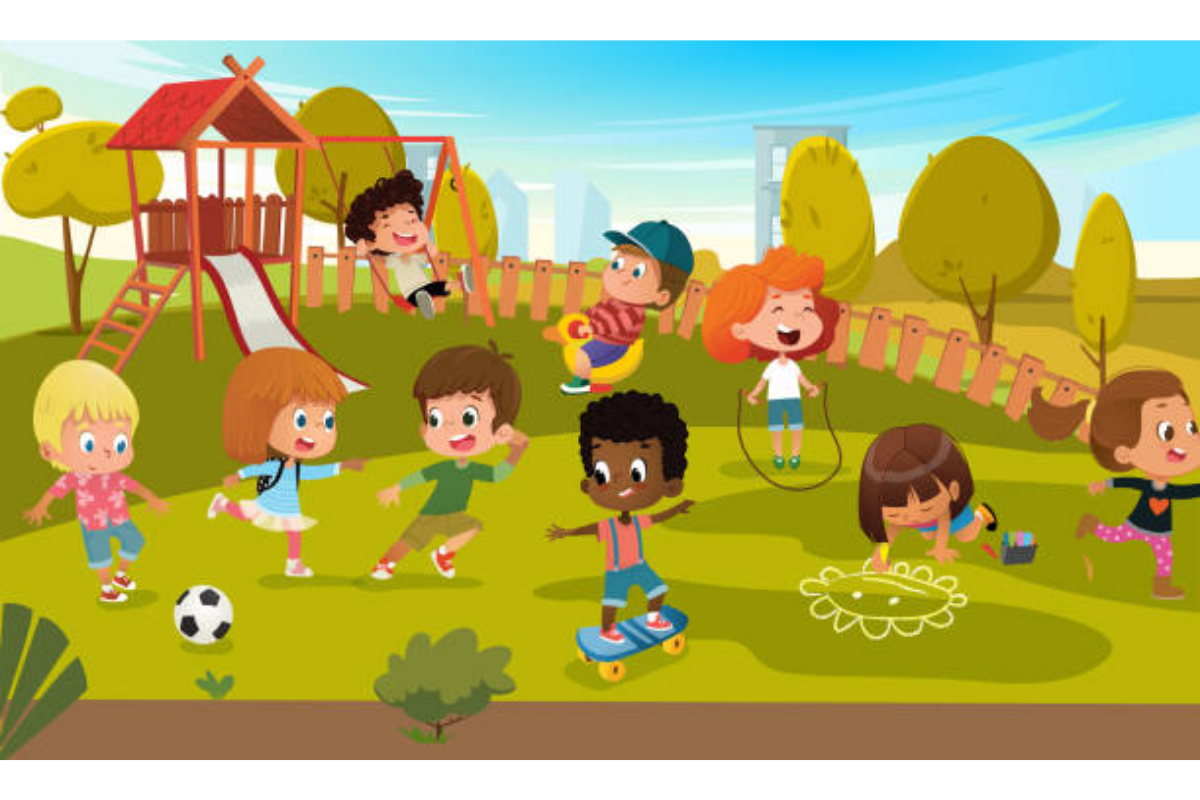As children are learning how to read, they will occasionally get “stuck” on a word. This means that they can’t quite figure out what it is. As a parent, it can be hard to watch your child struggle, because we want them to be successful!
Even though these moments may be hard for your child, this is an important point where they will learn to try new strategies and grow as a reader.
As we all know, every child is different. Some children may look for help right away and expect their parents to provide the correct word. Other children may resist help and try to sound out the word on their own. This is great! This is what we want to teach our children to do.
Here we will talk about different things you can do to help your child when he/she gets stuck on a word.
1.) Give Ample Wait Time
Both children and adults like answers to be quick and effortless. When a child is reading aloud, many parents like to tell the word to the child right away, in an effort to keep the book moving. The best thing to do when your child gets to a tricky word is wait! As a parent, I want to see what my child is going to do to figure out the word. You may be surprised and see some strategies emerge that are learned in school. Many times, they will figure the word out on their own. However, if a long time has passed and your child has tried some strategies, you can certainly help them out.
2.) Sound It Out
This is probably a strategy that many parents have used before. The traditional “sound it out” method is often the first strategy that we teach. If your child is working on the word “step”, he/she would say the sounds /s/, /t/, /e/, /p/ before blending the sounds together. For this strategy to work, children do need to have an understanding of letters and the sounds they represent. This can get a bit tricky with some of the vowel pairs, digraphs, blends, etc. If your child doesn’t know that the letters “ea” make the long e sound, this strategy could be a little tricky.
3.) Use What You Know
If your child is using the “sound it out” strategy but gets stuck on a few sounds, have him/her sound out what they do know. This may be the first and last sound of a word. As a parent, you can help them with the tricky sound and see if your child can then blend the word together. Your child will still have to do the work, but will have some assistance with part of the word (not the whole word).
4.) Break Up Words into Parts or Syllables
Once your child has a good understanding of phonics, this may be a good strategy for them. If your child is stuck on a word such as “meat”, have your child look for a hidden word. They may know the word “eat” already. Have your child practice blending “m” and “eat” to read the new word.
5.) Try a Different Sound
There are many times where children will sound out the blends correctly in a word, but struggle with the vowel sound. It can be difficult to know if a vowel uses a short vowel sound or a long vowel sound. If your child reads a word incorrectly (due to the vowel sound), ask him/her to try the other sound. For example, if your child reads a word with a long “o” sound, have your child read it with a short “o” sound. Our hope is that they will recognize one is a real word and one is a nonsense word.
When you are helping your child with reading, remember that it is important to model for them! Show them these strategies in action so they can see how to do it for themselves. What are some “sticky word” strategies that you try with your children?




